|
Home |
|
|
Is it possible to build simple monitor/control
embedded systems in just minutes? |
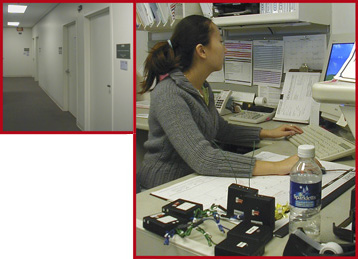 |
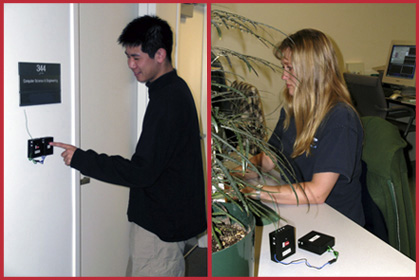 |
Monitors a hallway at night for motion. Possible applications include:
- Detecting if a child is sleepwalking
- Detecting if patients in a nursing
home/hospital are out of bed at night.
|
Wirelessly sounds a beeper when a
button is pressed. Possible applications include:
- Mobile doorbell when instructor is
out of their office during office hours
- Attendant caller, when a patient is
in need of assistance
|
The goal of the eBlocks project is to empower
regular people, having no programming or
electronics experience, to build basic useful electronic systems
around the home, office, store, etc. To achieve this goal we
are creating a set of embedded system building blocks - eBlocks -
that are easily connect together to build a
huge variety of basic but useful monitor/controller systems.
The key to our approach is to add compute intelligence to
components that previously had none - to sensors, switches,
light-emitting diodes (LEDs), speakers, etc. Adding compute
intelligence to those items was previously cost and power
prohibitive, but extremely small, cheap and low power processing
devices now make such addition possible. Ideally, people could
simply connect such eBlocks together to build basic
systems.
|
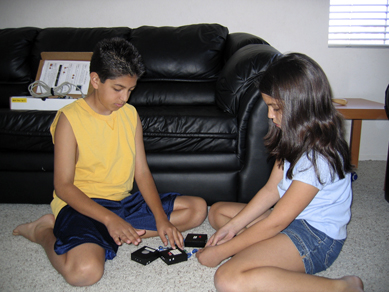 |
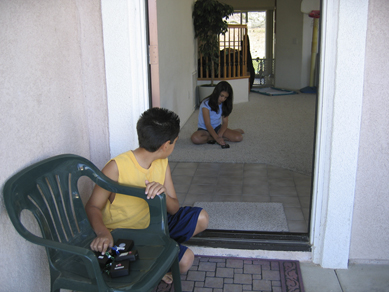 |
Users simply snap together a variety of eBlocks
such as buttons, light sensors, beepers, and others (for a list see the
catalog). The manner in which the blocks
are connected specifies the systems
functionality. The system is now ready to use!
|
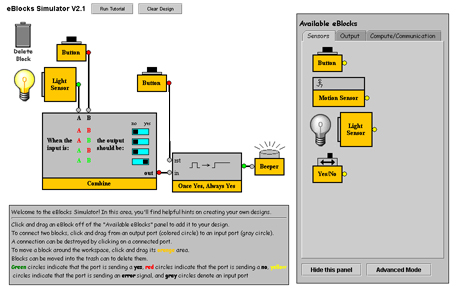 |
|
We also have an eBlock
simulator which models many of the eBlock
prototypes. Users can then build and
test before ever having to use physical
blocks. For advanced users we also have the
option of a partitioning tool which simplifies
eBlock systems into a system of smaller blocks
accomplishing the equivalent functionality but
utilizes programmable eBlocks. The partitioner
automatically generates the corresponding code.
This work is supported in part by the National Science Foundation under grant CCR-0311026. Any opinions, findings, and conclusions or recommendations expressed in this material are those of the author(s) and do not necessarily reflect the views of the National Science Foundation.
|
|





